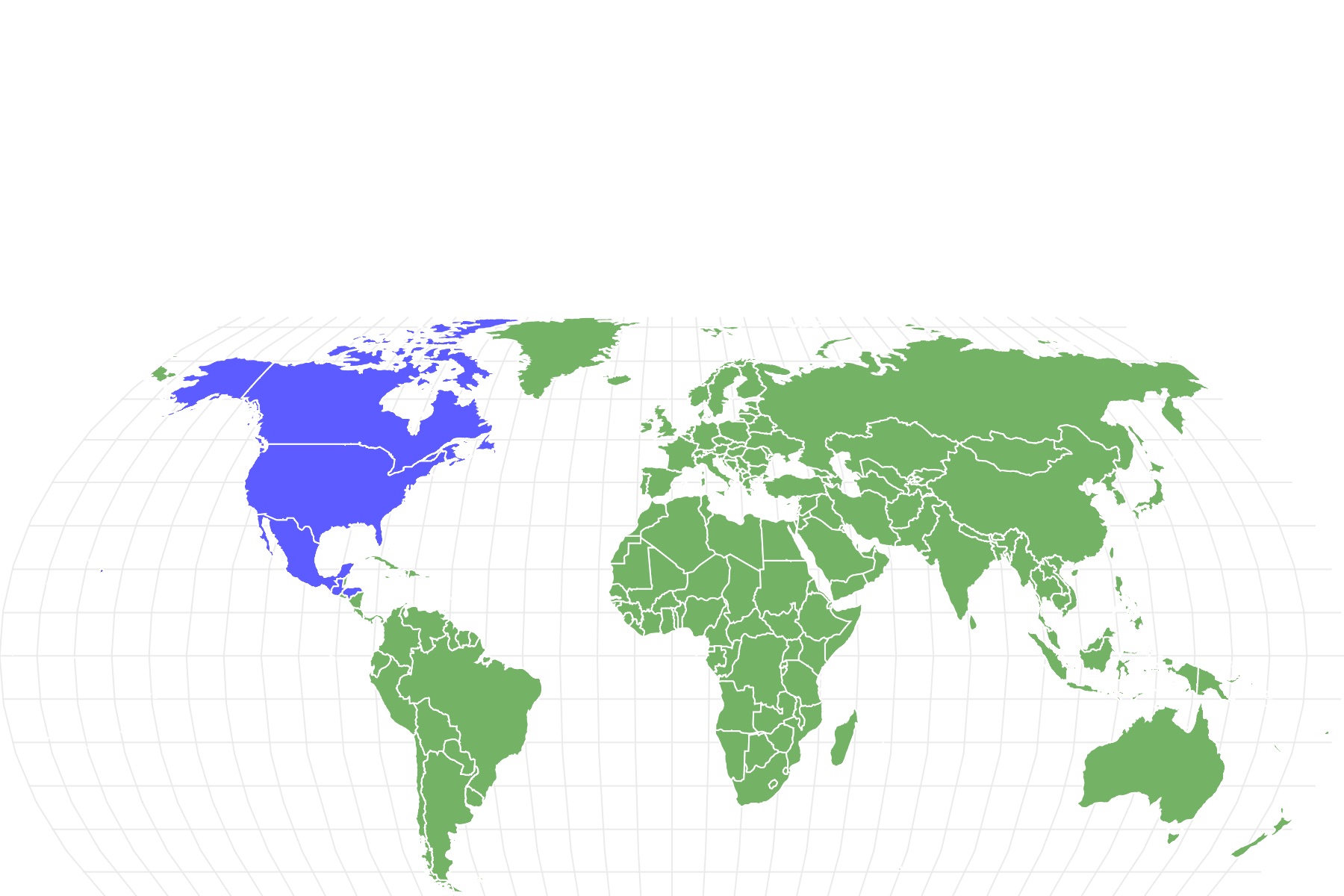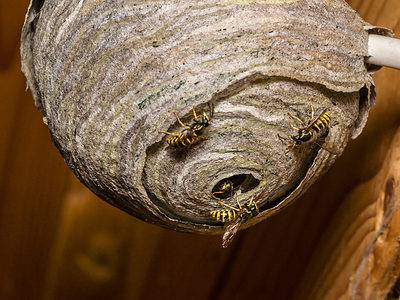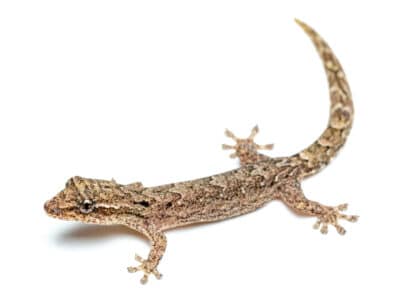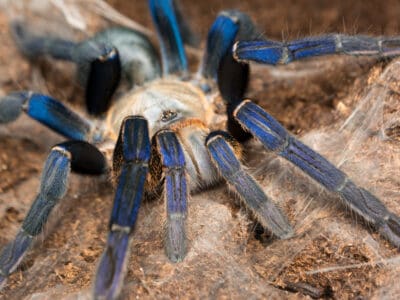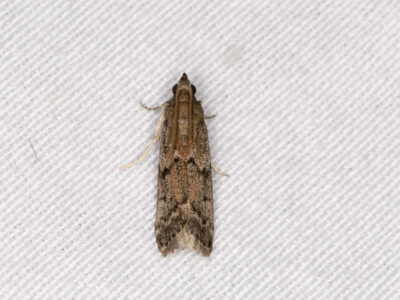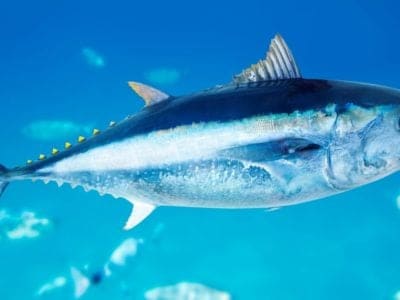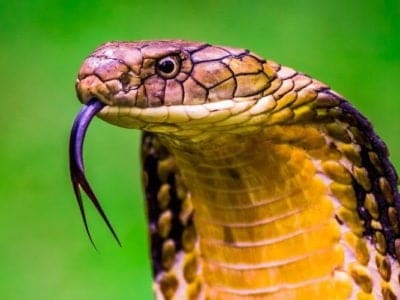Hammond’s flycatcher
Empidonax hammondii
“Hammond’s flycatcher has a call known as a sharp peek!”
Advertisement
Hammond’s flycatcher Scientific Classification
- Kingdom
- Animalia
- Phylum
- Chordata
- Class
- Aves
- Order
- Passeriformes
- Family
- Tyrannidae
- Genus
- Empidonax
- Scientific Name
- Empidonax hammondii
Read our Complete Guide to Classification of Animals.
Hammond’s flycatcher Conservation Status
Hammond’s flycatcher Facts
- Fun Fact
- “Hammond’s flycatcher has a call known as a sharp peek!”
- Estimated Population Size
- 20 million
- Wingspan
- 8.7 inches
- Incubation Period
- 15 to 16 days
- Diet
- Insectivore
View all of the Hammond’s flycatcher images!
Hammond’s Flycatcher Summary
“Hammond’s flycatcher has a call known as a sharp peek!”
Hammond’s flycatcher is a small species of flycatcher native to the western hemisphere. It can be identified by its small bill and long wings, which stand out on its small, round body. They are highly migratory, spending their breeding season in the north and their winters in the south. Hammond’s flycatcher is a sister species to both the gray flycatcher and the dusky flycatcher.
Hammond’s Flycatcher Amazing Facts
- They have a wide variety of vocalizations used for everything from finding a mate to warding away threats.
- Hammond’s flycatchers are highly territorial during breeding season and are known to fight mid-air!
- They are rarely found on the east coast of the United States, but there have been sightings.
Where to Find Hammond’s Flycatchers
Hammond’s flycatchers are found solely in the western hemisphere. They are native to North America, where they can be found throughout the western side of the continent depending on the time of year. During their breeding season, Hammond’s flycatchers can be found as far north as Alaska. For the rest of the year, however, they endure the winter months throughout Mexico and Central America. There are no year-round populations of significance for this species.
If you’re looking for Hammond’s flycatchers in their breeding grounds. They can be found most commonly foraging on the ground or in low trees in coniferous and mixed forests. They also favor these habitats in their non-breeding grounds. When they’re migrating, however, Hammond’s flycatchers can be found in nearly every habitat native to the western region of the United States and Mexico.
Hammond’s Flycatcher Nests
The female Hammond’s flycatcher is responsible for choosing the nesting site. She will choose a nesting site in a low tree, usually around 25 feet in the air. However, they can build their nests in branches up to 50 feet off the ground. Rather than tuck their nests near the trunk of the tree, Hammond’s flycatcher will build its nest further out on the branch.
The nest itself is made out of plant materials such as twigs, leaves, lichen, and bark. They will line their nests with animal hair, leaves, roots, and feathers. The entire nest is held together using spider webs and is no larger than around two inches wide and one inch deep. The female collects all of these materials.
Hammond’s Flycatcher Scientific Name
Hammond’s flycatcher’s scientific name is Empidonax hammondii. Its species name comes from William Alexander Hammond, the eleventh surgeon general of the US Army, who collected the first specimen. Hammond was known to collect specimens for Spencer Fullerton Baird, an ornithologist.
It is the class Aves and in the family Tyrannidae, which is the largest family of birds and made up of the tyrant flycatchers.
Hammond’s Flycatcher Size, Appearance, & Behavior
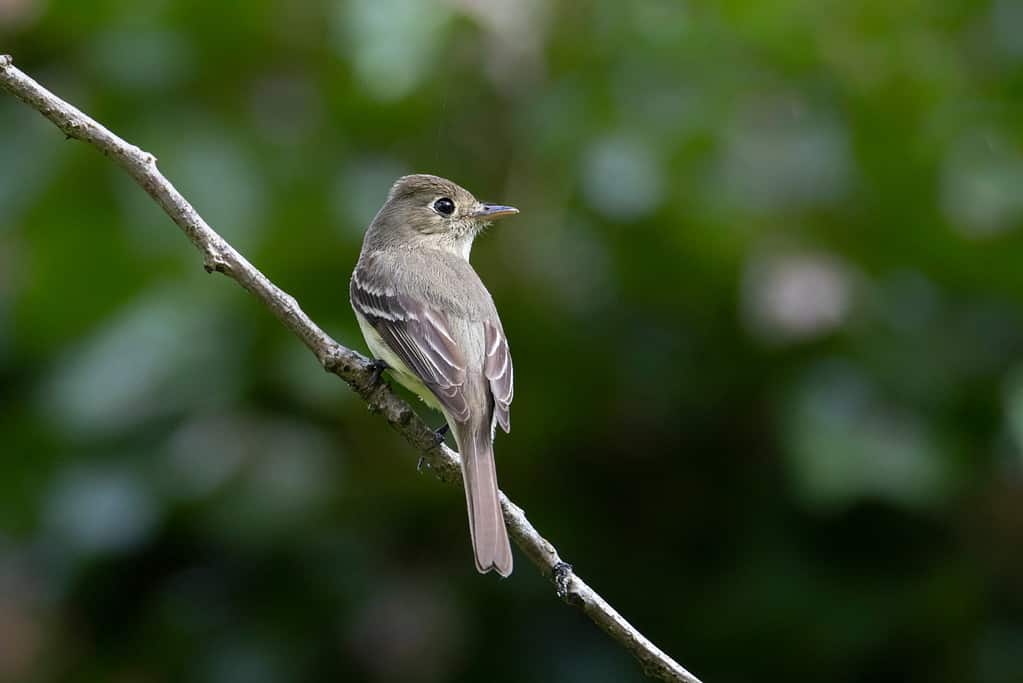
Hammond’s flycatchers have a wide variety of vocalizations used for everything from finding a mate to warding away threats.
©Feng Yu/Shutterstock.com
Hammond’s flycatchers are small birds. They will usually get no larger than a sparrow. Adult Hammond’s flycatchers grow to be around 4.9 to 6.1 inches in length. They weigh less than half a pound, usually only measuring around 0.3 to 0.4 ounces. Hammond’s flycatchers can be best identified by their large wingspans, which, at around 8.7 inches, is nearly double their length.
These little birds have an overall gray or olive colored body. Their chests are lighter than their backs, sometimes appearing a cream or yellow color. They have a light ring around their eyes, and there is dark barring on their wings that gives the appearance of two large white stripes.
Hammond’s flycatchers are known for their diverse vocalizations. Their call is named a sharp peek, and it’s made up of a variety of hoarse sounds. During their fall migration and the winter months, you won’t hear this species of flycatcher singing. Instead, they tend to only sing during their breeding season, whether to attract a mate or ward off potential threats and rivals. They will often snap their bills or click their jaws as a way to threaten predators and rival flycatchers .
Hammond’s Flycatcher Migration Pattern and Timing
Hammond’s flycatcher is a highly migratory species of bird. There are little to no year-round populations found throughout their habitat. Instead, they spend the warmer months of their breeding season in the northern range of their habitat. After the young Hammond’s flycatchers hatch and are independent, the flocks will then migrate to the southern extents of their range to weather the winter months.
Hammond’s Flycatcher Diet
Hammond’s flycatchers are insectivores. This means that their diet is almost entirely made up of insects. They have two main tactics for acquiring their prey: hawking and gleaning.
With hawking, Hammond’s flycatchers will hunt and catch their prey in midair. This is most commonly seen when they’re hunting their flying prey. With gleaning, this little bird will forage for their prey on the ground or surrounding surfaces. While they may be hovering while catching their prey, the prey itself is not in the air.
What do Hammond’s Flycatchers eat?
These flycatchers have a widely diverse diet. While they mainly only eat insects, they eat a variety of different insects, ranging from those on the ground to flying insects. Some of the the most common parts of the Hammond’s flycatcher’s diet include
Hammond’s Flycatcher Predators and Threats
One of the biggest threats towards Hammond’s flycatchers is the lack of available habitats for them. Hammond’s flycatchers are particular about the areas where they nest and raise their young. They favor old-growth forests, those that can reach nearly a century in age. These forests also need to be large, up to several dozen acres in size. Because of logging and urbanization, deforestation plays a large role in whether or not this species is able to thrive.
Because they are small birds, Hammond’s flycatchers and their eggs are also at risk of becoming prey to larger predators.
What eats Hammond’s Flycatchers?
Both Hammond’s flycatchers and their eggs are susceptible to predation from many different species of animals. For adult Hammond’s flycatchers their predators include snakes, birds of prey, foxes, and other opportunistic hunters.
Their nests, however, share these predators and more. Hammond’s flycatcher eggs and young are at risk of being eaten by squirrels, badgers, skunks, raccoons, and snakes.
Hammond’s Flycatcher Reproduction, Babies, and Lifespan
Hammond’s flycatchers are monogamous. At the beginning of each breeding season, males will sing all day in order to find a female willing to mate with them. Males will also fight among themselves as they rival to find mates, sometimes locking together in a fight midair.
After the mating pair is formed for the season, both the male and female travel to where they will build their nest. It is the female that is responsible both for scouting the right location for the nest and building it. Hammond’s flycatchers will only lay one clutch of eggs per year. This clutch can contain many eggs, however, ranging from three to four eggs. Each of these eggs are small: less than one inch both in length and width. They are a cream color, although sometimes you will find small, rust-colored spots on the shell of the eggs.
It takes less than three weeks for the eggs to hatch. The mother will sit in her nest for anywhere from 15 to 16 days in order to incubate the eggs. Young Hammond’s flycatchers are what is considered as altricial. This means that the young are underdeveloped and thus helpless. They are born with their eyes closed and will rely on their parents for help as they mature.
Although the female builds the nest and cares for the eggs, both parents will help raise the young birds. The nestlings will remain in the care of both the male and female for around 17 to 18 days. Here, both the male and female will take turns hunting and feeding the young.
Hammond’s flycatchers have a lower life span than larger birds. Like other passerines, they live to less than a decade old, with the oldest of these species being around 7 years old.
Hammond’s Flycatcher Population
Hammond’s flycatchers are a species of the least concern. Although they are threatened by the loss of habitat, their population has actually seen an increase in the past decades. As of now, their adult population is estimated to have around 20 million individuals.
View all 104 animals that start with HHammond’s flycatcher FAQs (Frequently Asked Questions)
Do Hammond's flycatchers migrate?
Yes. Hammond’s flycatchers migrate very fall and spring.
How many eggs do Hammond's flycatchers lay?
They lay an average of 3 or 4 eggs per clutch.
How fast do Hammond's flycatchers fly?
Hammond’s flycatchers can fly up to 12 mile per hour.
What is Hammond's flycatcher's wingspan?
They have a wingspan averaging around 8.7 inches.
When do Hammond's flycatchers leave the nest?
Young Hammond’s flycatchers will leave the nest after they mature, which takes around 17 to 18 days.
Thank you for reading! Have some feedback for us? Contact the AZ Animals editorial team.
Sources
- , Available here: https://web.stanford.edu/group/stanfordbirds/text/essays/Precocial_and_Altricial.html

